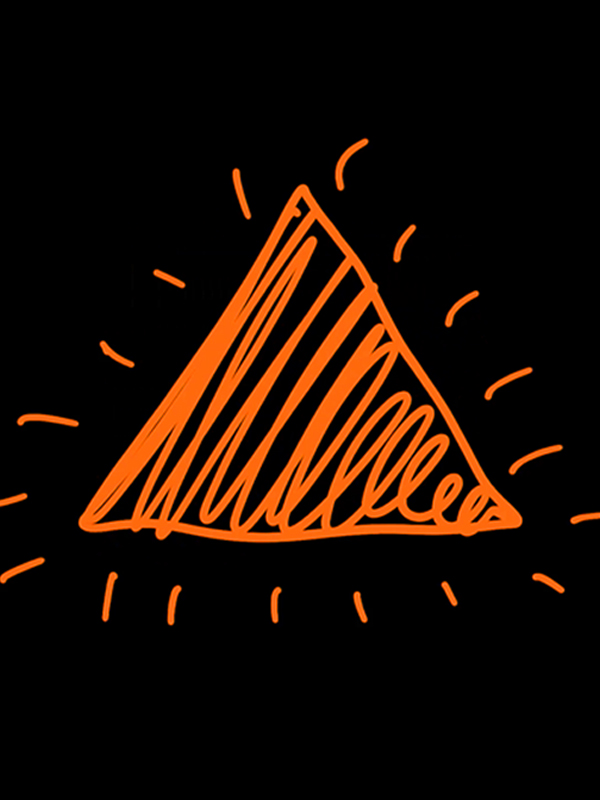Key Takeaways
- Generative AI tools like Midjourney, Adobe Firefly, and ChatGPT are transforming art direction by enhancing creativity, streamlining workflows, and providing insights into design trends.
- Midjourney aids in brainstorming and accelerates prototyping, while Adobe Firefly increases precision and saves time on minor adjustments.
- ChatGPT assists with efficient storytelling across audiences.
- Rather than replacing humans, these tools amplify innate skills to produce impactful designs. Design teams must embrace these tools to stay innovative and competitive.
It’s hard to believe that generative AI is still in its early days, given all the attention it has received this past year. Even as a new technology, it’s already changing creative work and the creative process in so many ways.
Many creative teams spent the last year dabbling with generative AI—playing with tools and learning their functionality, testing them out on some low-stakes work, and experimenting on how to get the best results. (If you haven’t done this, start now, or you might get left behind). This trial and error phase is necessary, but it’s also important not to get stuck in experimentation mode. The power of AI really comes through when it helps you do things better than you could before or become faster and more efficient as a creative.
At Aquent Studios, we’re always learning and growing our AI expertise, but we’ve also developed a solid foundation of generative AI best practices. If your in-house agency is ready to move from AI adoption to AI productivity but you aren’t sure where to start, we have some recommendations. Keep reading for three top generative AI tools and practical ideas for incorporating them into your creative workflows.
Using Midjourney for digital design collaboration

- Creative brainstorming: In the initial stages of a project, where ideas are as crucial as they are elusive, Midjourney acts as a digital collaborator. It infuses the brainstorming sessions with a diverse range of creative concepts, pushing the boundaries of traditional thought processes.
- Enhanced team dynamics: This generative AI tool transforms the dynamics of team collaboration. With its real-time feedback and suggestions, it's akin to having a round-the-clock creative consultant, ensuring that the flow of ideas remains uninterrupted and progressive.
- Prototyping and refinement: When it comes to transforming a concept into a tangible prototype, Midjourney accelerates the process. Design teams can rapidly cycle through design iterations, testing different aesthetics and layouts, which significantly shortens the development cycle.
Using Adobe Firefly for pixel-perfect designs
- Meticulous design execution: In scenarios where precision is paramount, Adobe Firefly steps in as the detailing wizard. It enhances the ability to fine-tune designs, ensuring that every pixel is in its place.
- Workflow integration: Integrating seamlessly into existing design tools, Adobe Firefly complements and enhances the capabilities of traditional software. It's like having an extra pair of highly skilled hands that understand the nuances of your design language.
- Time efficiency: This tool significantly reduces the time spent on minute adjustments. Tasks that once took hours of meticulous labor can now be accomplished with a few clicks, allowing designers to focus on their broader creative vision.
Using ChatGPT for copy wordsmithing
- Copywriting and narrative crafting: In the realm of storytelling and narrative creation, ChatGPT emerges as a versatile wordsmith. It assists in generating compelling copy that aligns seamlessly with the visual elements of a campaign.
- Language adaptation and optimization: With its multilingual capabilities, ChatGPT breaks down linguistic barriers, enabling content creation that resonates across diverse demographics. This adaptability is invaluable in today's global market.
- Speed and efficiency in communication: The tool drastically cuts down the time required for drafting and revising copy. What once was a bottleneck in the creative process—the generation of quality text—is now streamlined, allowing for more cohesive and integrated campaign development.
Scale your success with generative AI

The creative world is irrevocably transformed by AI tools like Midjourney, Adobe Firefly, and ChatGPT. These aren't just technological novelties; they're essential catalysts for innovation. As generative AI tools continue to evolve, they're set to herald an era in creative and design that's more dynamic, diverse, and awe inspiring than ever before.
At the same time, it’s important to remember that generative AI will not replace human creativity—it will enhance it. The synergy between humans and technology will push boundaries, uncover uncharted territories, and produce groundbreaking work. It uncovers emerging patterns, inspires new ideas, and amplifies creative instincts.
To get ahead in 2024 and beyond, creative teams must move beyond pilots into building best practices and scaling usage and expertise across the in-house agency. Whatever suite of tools you’re using, I encourage you to double down on AI so you can recognize its full potential in your creative process. It's not just about staying relevant—it's about leading the charge in this exciting era of creative evolution.
This blog talks about generative AI tools and their potential applications. As these technologies rapidly evolve, we encourage you to research the latest developments in terms of their capabilities, safety and security, and ethical use. For more information on the responsible use of generative AI, download our whitepaper, “Using Generative AI for Design: Legal Considerations and Best Practices.





